
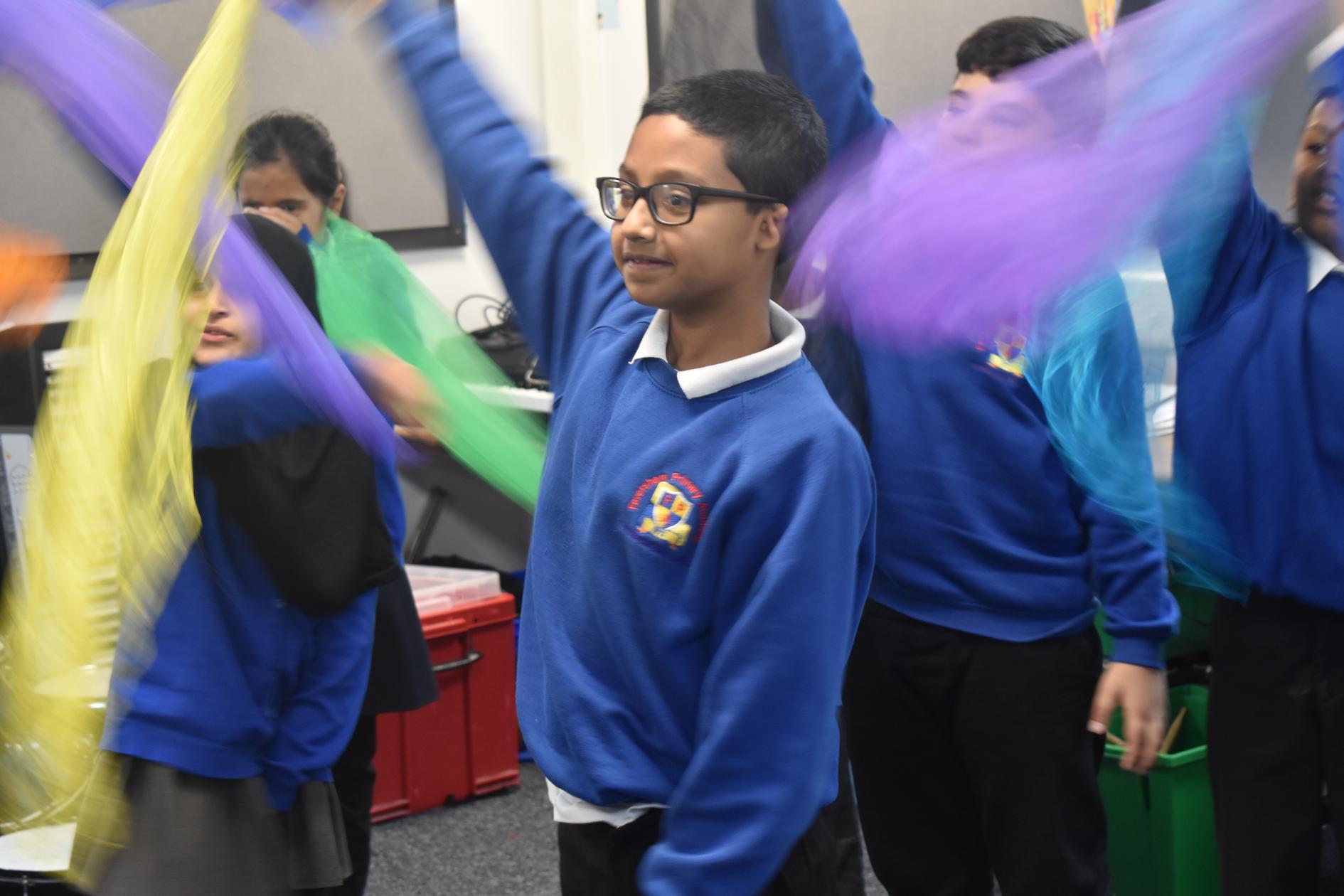
ISSUE 7 0: AUTUMN 2022 Feversham Primary Academy


02 / AutumnTerm2022
C O N T E N T S I S S U E 7 . 0 AMAGAZINE B Y RPROFSREHAETYRAMIRP I M A RY TEACHERS
FROMTHEEDITOR
O4. A warm welcome to this issue from Dr Liz Stafford
18.
WEBINARROUND-UP
Upcoming webinars for music teachers worldwide
CHANGINGTRACKS
05. Supporting pupil wellbeing through music to prevent school exclusion
20.
DIGITALHORIZON
Free music & technology resource for teachers
BOOKREVIEW
09. Mary Stakelum's Understanding Music Education EVENTSROUND-UP
12. Upcoming events for music teachers
21.
QUALITYINMUSIC
What is a 'high quality' music education?
26.
SEATOGALAXY
Free resource packs for thematic lessons based on different environments.
FIGURENOTES
14. Bringing the fun of playing music to young people across the UK
27.
BOOKREVIEW
Philip V. Bohlman's World Music: A Very Short Introduction
/ 03
R O M T H E E D I T O R
Welcome to another year of jam-packed issues!
Here in the UK it has been a turbulent time for music education, with a swathe of documents released over the last 18 months that seem to have done nothing but polarise the debate even further about what constitutes a 'good' music education. I know that our readers around the world have also been coping with big changes such as the curriculum developments in Australia, and a refocusing on core subjects in South Africa. Wherever you are in the world, and whatever hurdles you're dealing with, we're here to help with our usual mix of advice, features, resource reviews and more!

F
@DrLizStafford
IJE AMAECHI
CHANGING TRACKS
Supporting pupil wellbeing through music to prevent school exclusion

S OUNDSTO R M
At Changing Tracks, a Youth Music-funded strategic programme hosted by Hertfordshire Music Service (HMS), we ’ ve been thinking about defining instrumental music teaching more broadly than teaching a specific instrument to an individual or class.

Ije Amaechi is an instrumental music teacher for HMS and project officer for Changing Tracks. In this article, she outlines an action research programme that helps schools and music services to identify vulnerable pupils, and provide music activities to benefit their wellbeing and prevent later school exclusion.

SE S EX MUSI C BUH
MUSI C BUH

I’ve been part of a traumainformed Creative Musical Nurture Group programme for the past four years. In the programme, we ’ ve been focusing more on personal and social outcomes for children in ‘challenging circumstances’ or at risk of school exclusion. These include increased agency, resilience, confidence, youth leadership and a greater sense of belonging through musical community. 06/ SE S EX
Initiated by a HMS First Access tutor, a music nurture group is a weekly 30-minute creative music-making programme for three to five young people who are identified by the school SENCO as at risk of social or later school exclusion. Often this is as a result of early emotional difficulties preventing children settling into school and socialising, but a key element is framing the work as musical activity rather than a therapeutic-style activity.
After establishing a pilot nurture group network in Stevenage, we rolled out the project nationally as an action research project, with 17 music service/hub instrumental/vocal music teachers, from October 2021 to March 2022. There were 20 weeks of 30-minute nurture group sessions led by instrumental teachers. These were supported by an initial trauma-informed training session, and followed by monthly online critical reflection groups. Outcomes were captured by the tutors writing case study and instrumental teaching reports, with input from young people, SENCOs and families.
This nurture group model encourages instrumental music teachers’ creativity, and letting go of certain expectations in their planning, delivery and reflections on their practice. One instrumental music teacher, Eleanor Gibson from Peterborough Music Hub, said “It’s easy to create a structured series of lessons, but this ... was a question of planting seedsthere’s this way of doing music, or you can do this - and allowing space for their own, amazing, creativity…”.
When we ask the young people what their musical interests are and show that their opinion matters and is listened to, we see a difference in their engagement and participation within the group. This is because it is a project that is theirs - they have a part to play in the development and direction of the sessions as well as the (optional) performance at the end of the project.
This project has helped change young people's relationship with music For example, one of my students said "I didn't used to care about music, but now it's so
cool. Now music is in my soul!
Whenever I see something (plays improvised rhythm on the chair)”.
One of my nurture groups created their own performance using djembes, piano and percussion instruments. Their story was about some people exploring a haunted house, with creepy noises (using the inbuilt effects on the keyboard), improvised solo piano parts and drumming on djembes together with rhythms that they created. At the end they tell the audience it wasn’t really a haunted house, just a birthday party at a haunted house!
They decided who would play at which point, with my guidance, the story line and the whole feeling of the piece, using skills they had learnt in the numerous sessions before.
Another young person said: “I like coming to music sessions. It helps me stop feeling stressed– I stress over little things. I am free to be myself here and Amber helps me do that. There are things going on with me and these classes help me forget about that for thirty minutes. It’s a really calming place and my favourite part of the week."
Changing Tracks has just published a review of the outcomes of the national pilot project which you can read here
The report describes the positive outcomes for young people and the teachers, many of whom reported they felt the project had improved their teaching. It also describes outcomes for schools, for whom it added an additional means of pastoral support, and for the music services,some of whom felt it had raised the profile of their work within school and local authority targeted support teams.
www.changingtracks.org.uk @ChangingTracks1
Enjoyedreading?Buyusacoffee! 08/
Book Review
UNDERSTANDING MUSICEDUCATION
MARY STAKELUM
In this insightful book, Mary Stakelum considers the big picture of music education as a whole, bringing together key theories and research into a comprehensive history of music as an educational subject during the 20th and 21st centuries in the UK. It is an ideal introduction to music education theory for those who want to really dig into their perceptions of music education and find out more about all the key theories and research that have shaped how we teach today. A fascinating read which you can find here.

/ 09
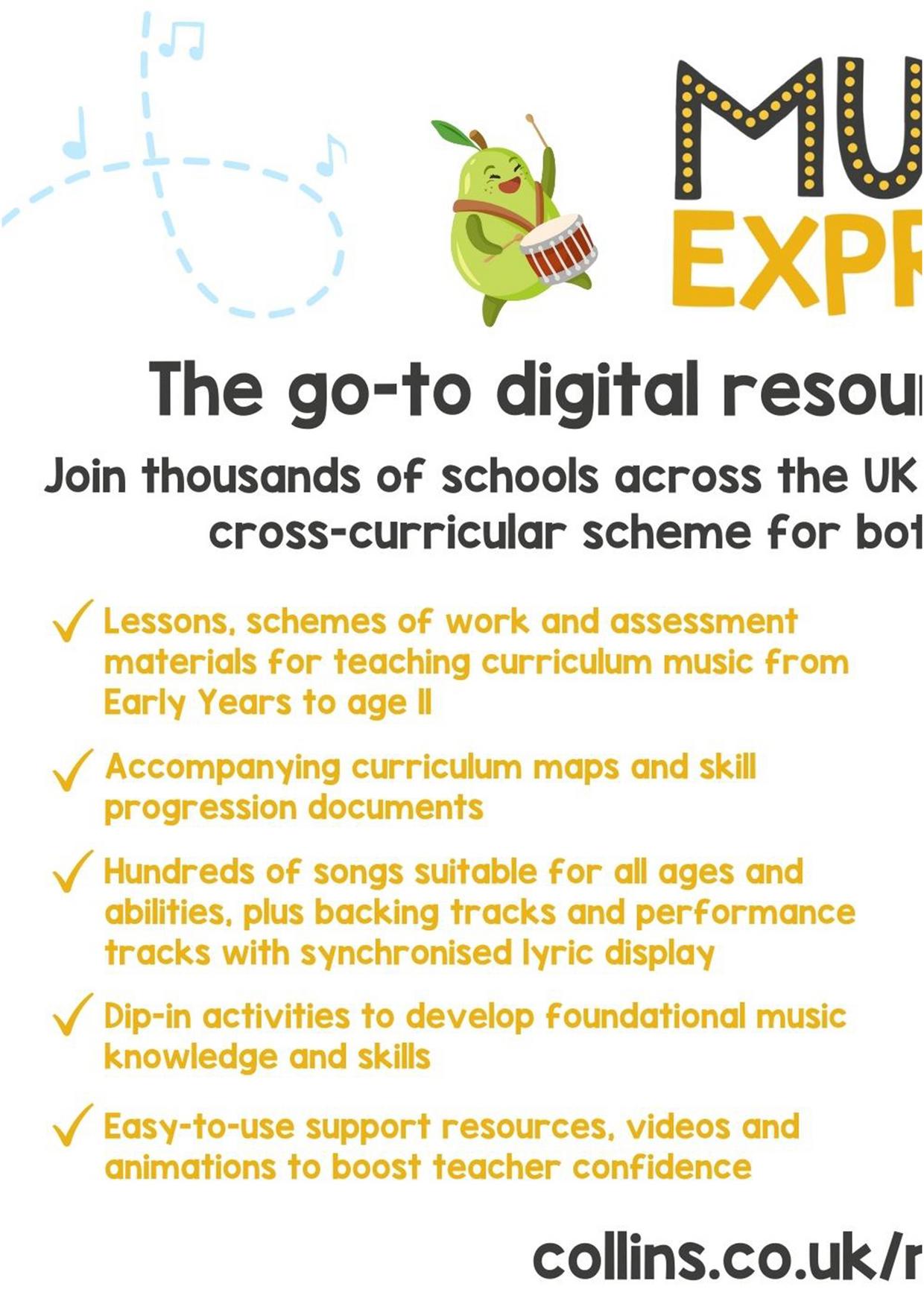

UPCOMING

EVENTS
NATIONALSINGING SYMPOSIUM
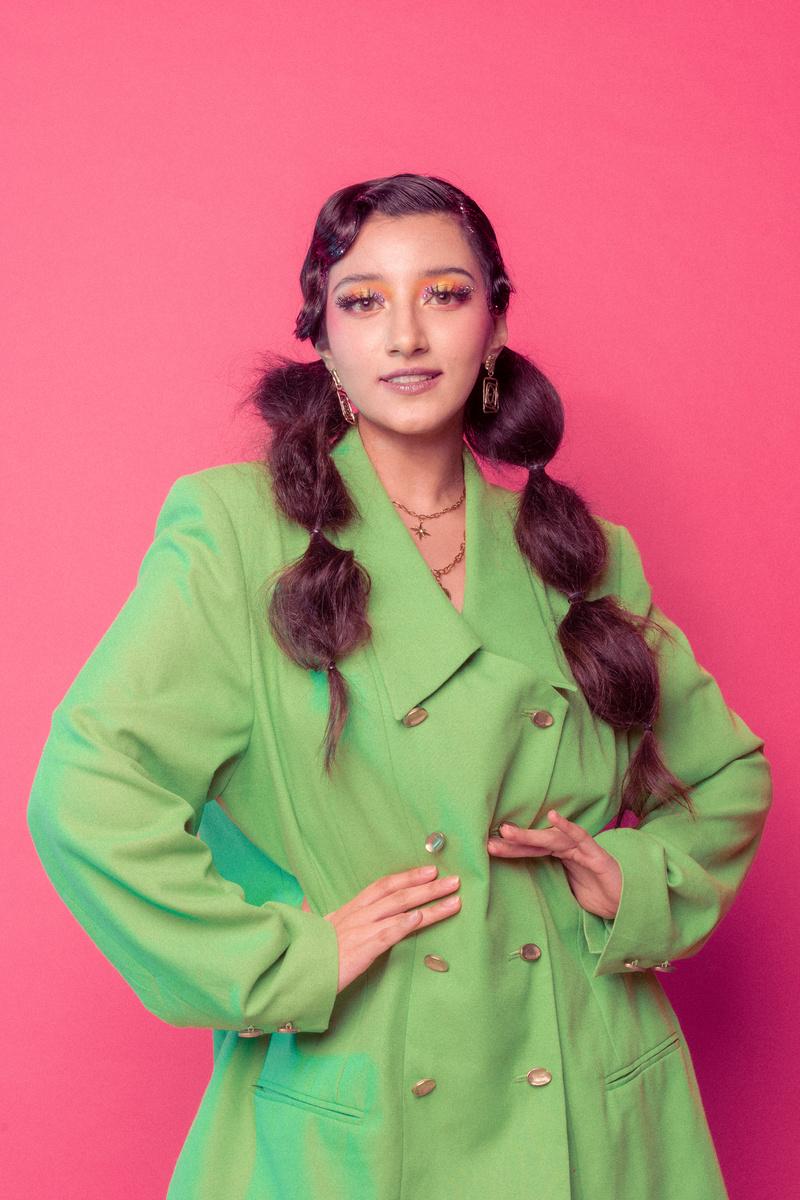
This hybrid event brings the latest research into singing and vocal education together with practical workshops

LIVE &
This hybrid conference series will have sessions relevant to Music Education practitioners at all stages of their career.
MUSICMARK TALKINTOACTION ONLINE
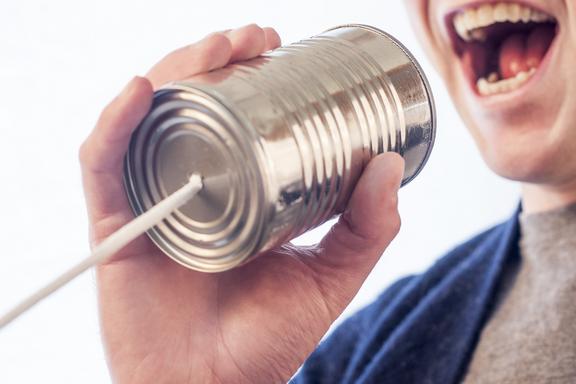
12 /
Europe's largest conference and exhibition for anyone involved in music education
This hybrid event brings together primary and secondary music teachers from all over the world
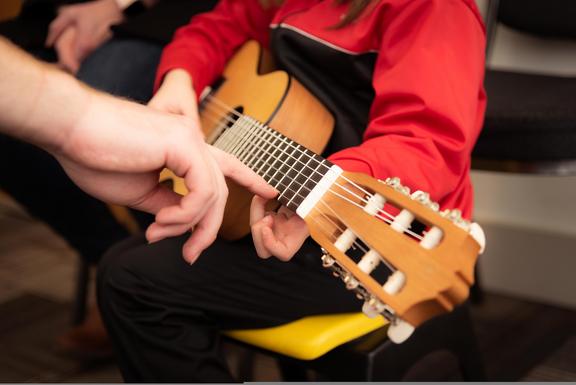
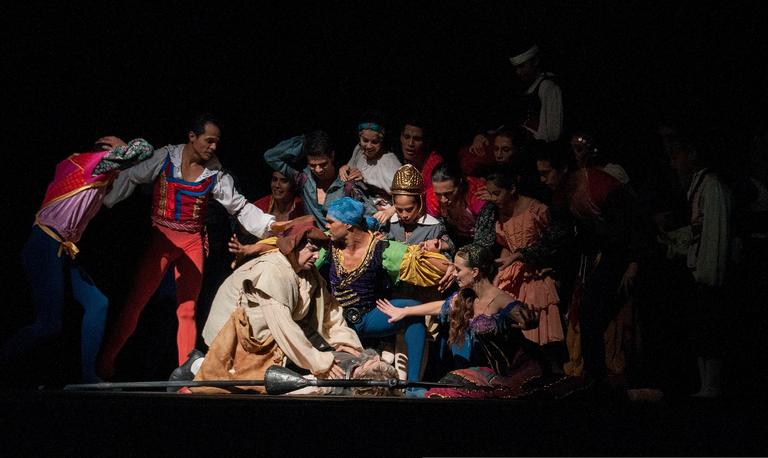
National Singing Symposium - 08/11/22 Leeds & Online
Talk into Action Series - Oct/Nov 22 various locations & online Music & Drama Education Expo - 23-24/02/23

Curriculum Music Conference - 28/03/23
Bromwich & Online

CURRICULUMMUSIC
MUSIC&DRAMA EDUCATIONEXPO
CONFERENCE DATES&VENUES
London
West
FIGURE NOTES
B R I N G I N G T H
Charity Drake Music Scotland is hoping to transform music education in the UK with the latest release of their innovative music teaching method Figurenotes.

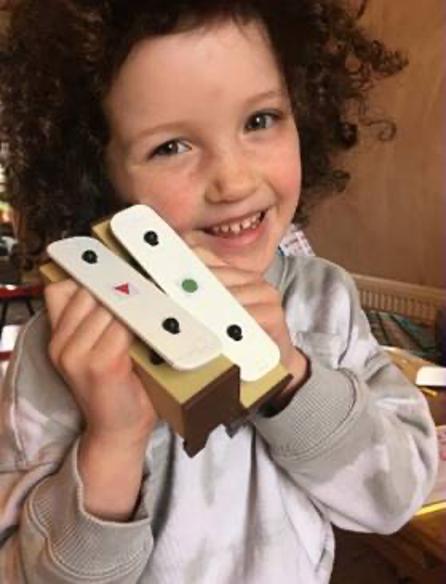
F U
O F
I
M U S I C T O Y O U N G
E O P L E A C R O S S T H E U K
E
N
P L A Y
N G
P
14 /
DRA K ECISUM
Figurenotes assists young people, particularly those with disabilities like Autism and Dyslexia, to learn to read music more quickly and to play instruments easily. The charity is offering a free bundle of support, including webinars and downloadable resources to demonstrate and try Figurenotes, to help teachers understand how Figurenotes can unlock music for young people, enabling pupils to learn in a more accessible and exciting way.
Figurenotes is simply a colour and shape-based system, where colours represent notes, shapes indicate octaves and there is a clear progression to reading conventional notation. It has already seen great results in over 60 schools in Scotland with more than 1000 pupils each year through Drake Music Scotland projects and is used all over the world.
their new software, supported by Scottish Power Foundation, is being offered out to all schools, music teachers, educators and children’s charities across the UK at an affordable rate.
As a charity Drake Music Scotland helps disabled musicians to learn, play, compose and perform but with the growing need for more accessible music tuition in schools,
Figurenotes was created in Finland by music educators Kaarlo Uusitalo and Markku Kaikkonen and introduced to Scotland and the UK by Drake Music Scotland in 2010. Initially designed to enable those with learning disabilities to play music, it has since developed into a tool to help everyone get started. Ten years ago Drake Music Scotland took Figurenotes into the digital domain and now the new web-based software can be accessed by everyone, anywhere as long as they have an internet connection. / 15
“It’s incredible how this software tool can unlock youngsters’ music potential and allow them to read music in a much more fun and contemporary way. "
Alison Gornall, Sistema Scotland
Chief Executive, Drake Music Scotland, Thursa Sanderson said: “Learning music notation is one of the most common barriers to playing music. Figurenotes software makes it possible for any learner to pick up an instrument and play music instantly.

To access
the free bundle
of
“We all know the power of music to transform lives. By playing music we not only hone our musical skills but also develop communication, concentration, confidence and self-esteem. Music making reduces isolation offering an opportunity for social interaction and finding shared enjoyment in playing and performing to our family and friends.” please email: figurenotes@ drakemusicscotland.org quoting #FigureOutFigurenotes Enjoyedreading?Buyusacoffee!
support
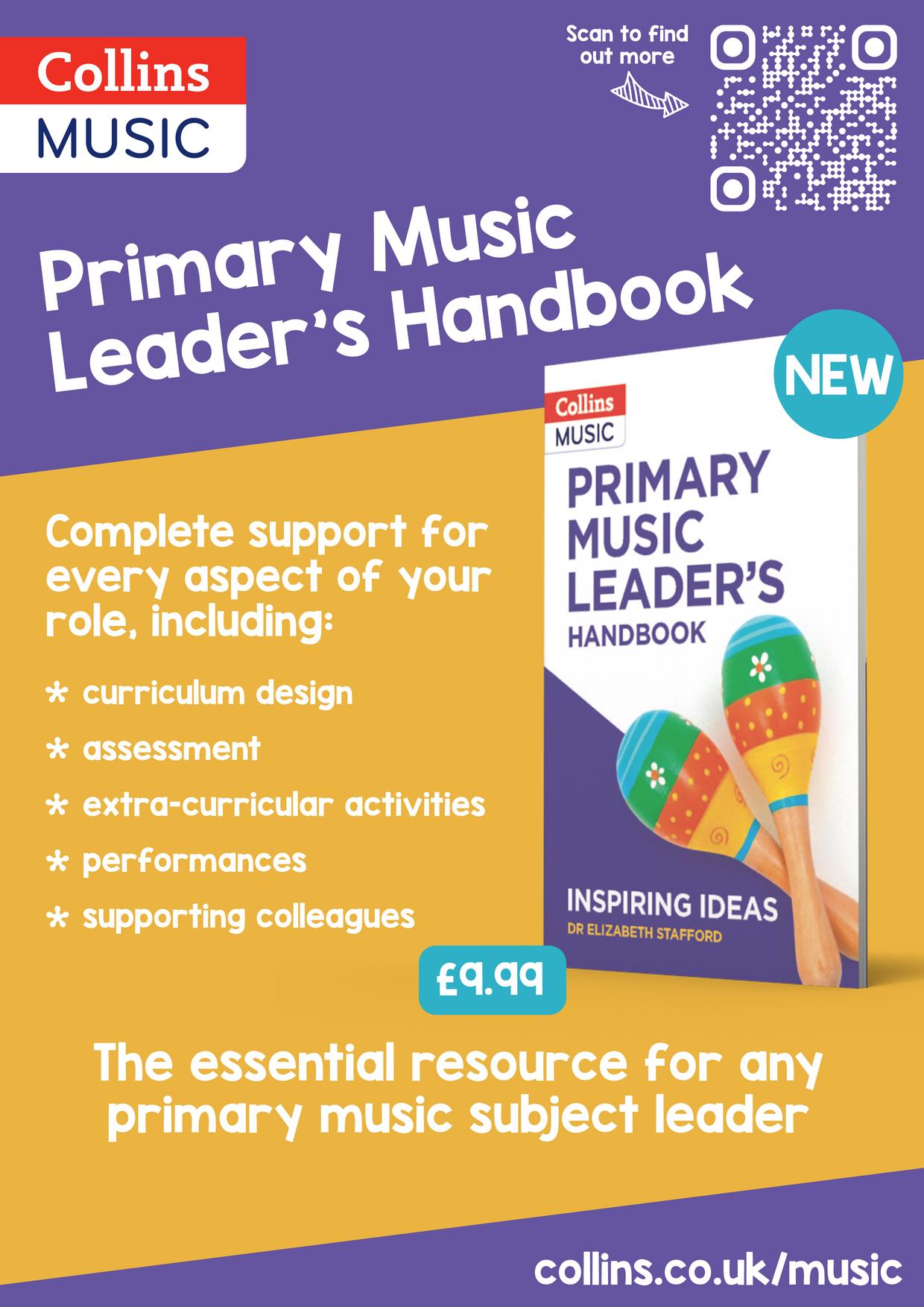
CPDWEBINARS SUM I CEDUCATIONS SNOITULO
CREATINGAMUSIC
DEVELOPMENTPLAN
Learn how to create and implement a music subject development plan for your school or setting



CURRICULUMDESIGN INMUSIC
Learn about the process of designing an effective, sequential, and progressive music curriculum.
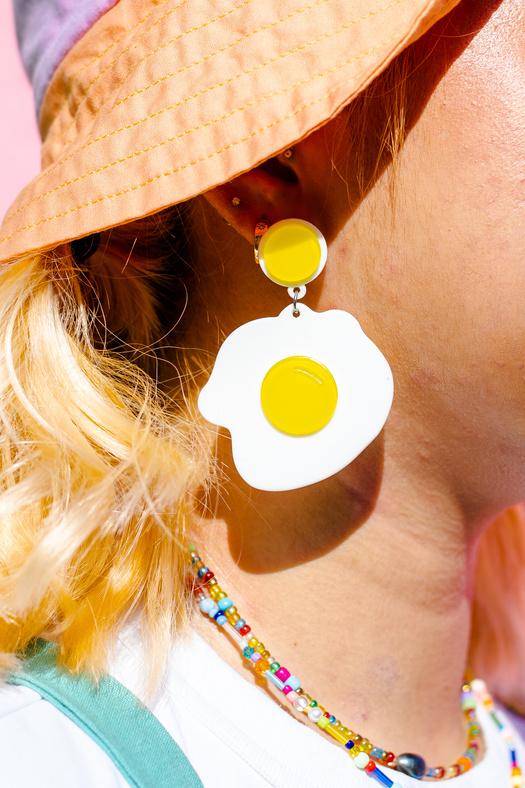
Further information and booking at www.musiceducationsolutions.co.uk
KNOWLEDGE-RICH MUSIC
Explore the different types of musical knowledge, and how you can create a knowledge-rich approach to music in your school.

DIDYOUKNOW?
All these webinars are also available as online self-guided courses to complete in your own time!
Learn how knowledge of different developmental stages can inform the way that you plan, teach and assess music.
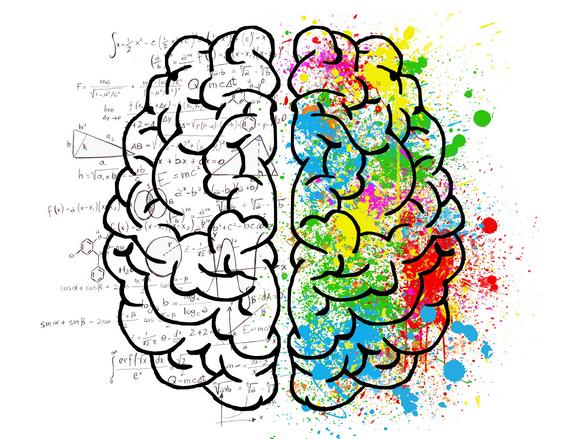
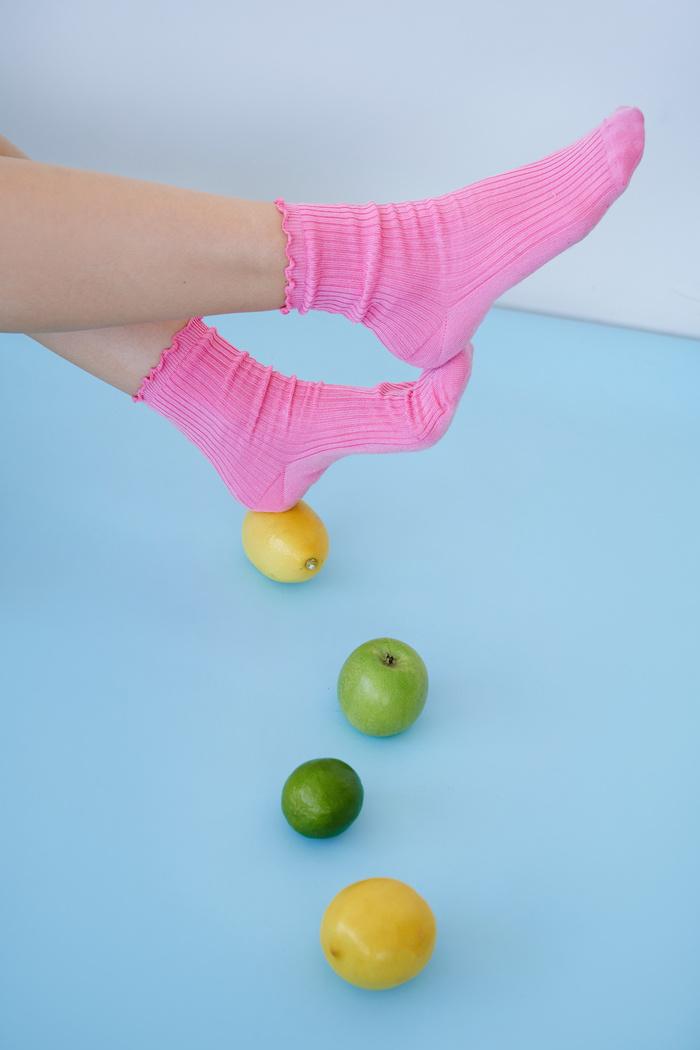

/ 19 Comingupthisacademicyear
INPRIMARYMUSIC
DEVELOPMENT&PROGRESSION
Musiv Education is important, and should be delivered well!
Over the Digital Horizon
A free music and technology resource for teachers
A new website from Wiltshire Music Connect gives music educators access to global expertise in music technology and Digital innovation through the Over the Digital Horizon webinar series, thanks to support from Music Mark.
The website hosts seven individual webinar presentations, covering topics from composing music to computer games; using virtual reality technology as a tool for inclusion, and creating home and classroom music production studios. Each webinar brings music education and technology experts together to explore how digital technology can transform access to music opportunities for children and young people.
You don’t need any prior knowledge of digital technology to benefit from the webinars - they have been designed with music educators and music leaders in mind, and aim to guide you through some of the emerging technologies and existing resources available.
More resources will be added to the website, and music education professionals can sign up to receive updates about new developments from the project.
Find out more at
www.overthedigitalhorizon.org.uk
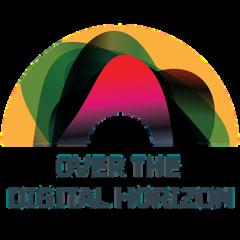 DR LIZ STAFFORD
DR LIZ STAFFORD
QUALITY
MUSIC EDUCATION
At the moment we don’t seem to be able to move in music education for discussions which seek to define – all differently, I might add – the concept of a ‘high-quality’ music education.

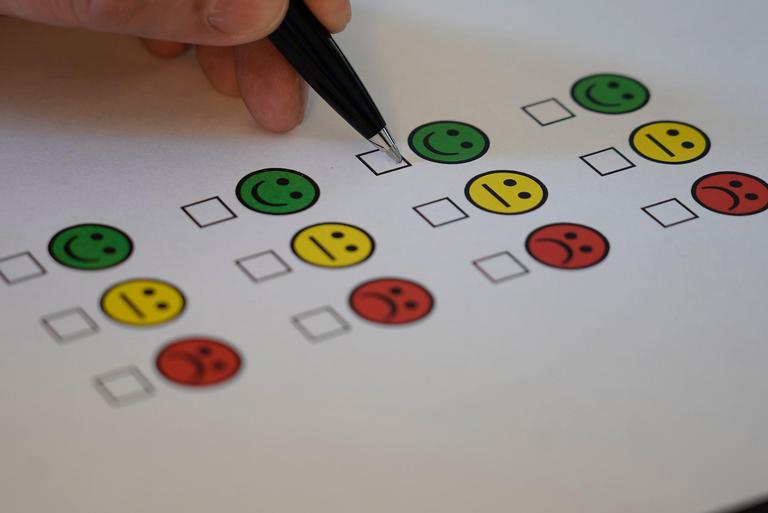
NOTaquality technique!
This phrase has become so ubiquitous as to become meaningless, and in fact when you stop and think for a minute, surely the whole concept of ‘quality’ in education is a given anyway? Nobody is trying to give a child a ‘low quality’ education!

IN
/21
The problem with the concept of a ‘high-quality music education’ is that it is too broad – there are too many variables at play. What looks like ‘high quality’ in one school could be totally unsuitable in another. So if we are to pursue the aim of improving our music education provision, we need to ensure that we are considering the concept of quality in context.
Secondly, for me the latest discussions around ‘quality’ have not been about quality at all, but in fact about auditing the number of activities on offer. In England’s new National Plan for Music Education, the ‘key features of high quality’ are listed as things like having music timetabled for an hour a week, having a choir and an ensemble, and having access to instrumental lessons.
You could have an hour a week of awful, uninspiring music teaching, a choir of children who refuse to actually sing, and ‘access’ to instrumental lessons that are priced so high that no-one can actually afford to take them up!
For me, the heart of music provision in a primary school is curriculum delivery in the classroom. I would rather see 20 minutes of fantastic music teaching and learning than 60 minutes of a teacher and class looking like they would rather be anywhere else on earth! So to truly define quality we need to look deeper into the ‘how’ of musical activity, rather than just counting the ‘what’.
There is no argument from me that all of these things would be great activities to provide, but just having them doesn’t make provision ‘high quality’.
There are numerous theories and pedagogies of music teaching which all claim to present the ‘best’ way to teach. However, across this multitude of approaches there are some areas of commonality which can give us clues as to how we might ensure quality of teaching and learning.
Whether you're teaching classroom music, instrumental lessons, choir or band, one golden rule applies. The majority of your session should be active music-making! If you're filling out worksheets, listening in silence, or reading about music, then you're doing it wrong!
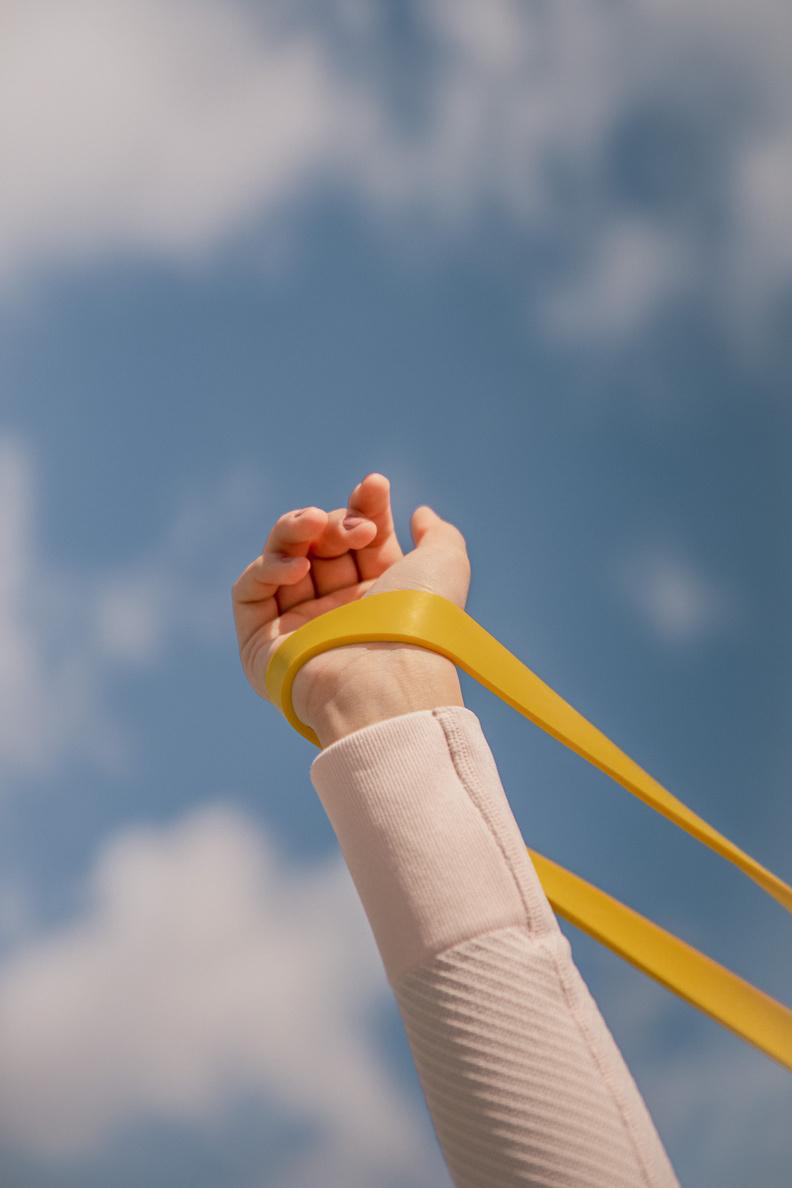
FOCUSONMUSIC-MAKING SOUNDBEFORESYMBOL
Music is an abstract concept, and music theory is terribly complex to grasp without a point of reference. Musical ideas, concepts and devices should ALWAYS be experienced aurally in sound first BEFORE related to musical notation, to give children a point of reference to work from.


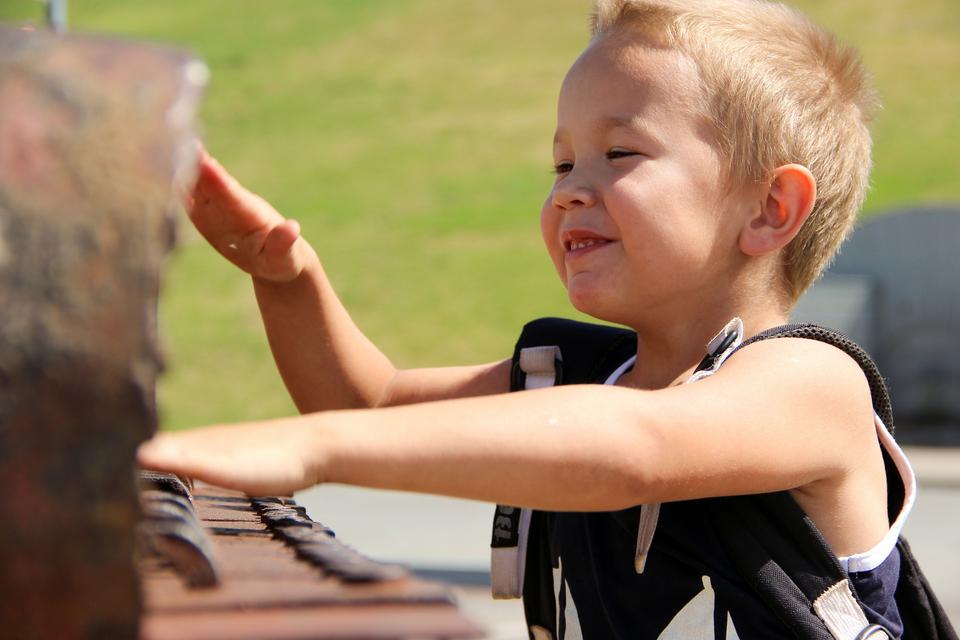

INTEGRATED SKILLAREAS
Real musicians listen, perform, compose and improvise simultaneously Rather than teaching these skills as separate units these should be combined holistically in order to help students progress as rounded musicians.

/ 23
F EVERSH A M RP CA
RESPECTFORTHESTYLE
To understand music and its role in society, we need to experience many different types of music from all around the world. This does not mean just singing a song from another culture once in a while but really exploring different musical styles, traditions and genres in depth throughout the curriculum

INTERNALISATION
Although we hear music through our ears when we listen, when we perform we need to feel the music inside of us. Movement, body percussion, and vocalisation should all be used to establish musical concepts and embed them internally so that we can then use our brains and ears for more complex tasks
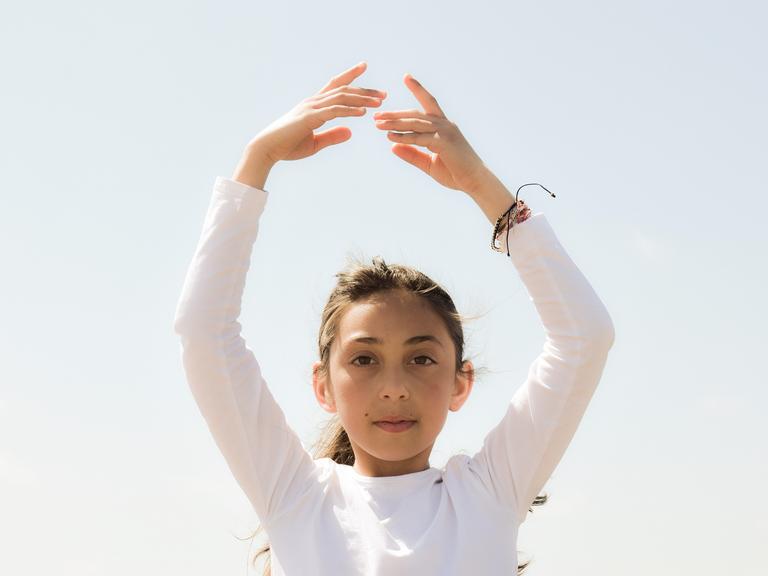



CREATIVITYANDIMAGINATION
We shouldn't just learn to play other people's music, but use our creativity and imagination to create our own. Composing and improvising should be an integral part of every music lesson, even if sometimes it is just making up a rhythm for others to clap back. Children will understand musical concepts and devices quicker and better by experimenting with using them in their own music.
Perhaps the most important feature of 'quality' teaching is that it is delivered with confidence and skill. This does not mean 'delivered by a specialist' necessarily! Teachers need the right resources, training, and support to deliver music confidently in the classroom whatever their own musical background.


If you are in charge of music in your school and looking to improve the quality of curriculum delivery, the two best things you can invest in are training for your staff and a fully-resourced scheme to work from. As your staff grow in cofidence you will be able to step back from the scheme partially or entirely, as you see fit, in order to make your curriculum more bespoke to your school's individual requirements
Remember that 'high-quality' looks different for everybody, and in a way we should never be able to say we have achieved it! As our provision improves so our standards should rise, and we should always be looking towards attaining even higher quality over time.
Enjoyedreading?Buyusacoffee!
FAIRBUR N OC IRP
F EVERSH A M RP CA
From Sea to Galaxy

FREE resource packs to help you use different environments as the inspiration for musical activities

Composers take their inspiration from many different sources: stories, art, environmental sounds, other composers' music; the list is endless.
With these two resource packs, devised by the team at Music Education Solutions® your classes will explore the reality of being a composer, using a variety of sources to inspire them, and thinking carefully about the effect that they want to create.
These packs are suitable for teachers working with children aged between 7 and 11, and have a flexible structure, allowing you to use them over one or two intensive sessions or a number of weekly sessions to suit your timetable.
Download your free resource packs here
Book Review
WORLDMUSIC AVERYSHORTINTRODUCTION
PHILIP V. BOHLMAN
This pocket-sized book packs a real punch when it comes to understanding how music has developed all across the world over the centuries. This is a great introduction to global musical traditions for those of us whose main musical experience lies within western classical and popular music genres, and it would help teachers to underpin any curriculum work on musical traditions from around the world with real understanding. A great read which you can find here.

/ 27
Listening Library
In this new regular feature we will be offering recommendations for music and artists to explore with your classes.
In 1992 a collection of musicians met the Shyam Brass Band from India at the International Street Band festival in London and joined a niche genre of brass and drum bands playing Bollywood songs - the ubiquitous pop music of India. The band started small, playing for chilly Diwali celebrations, wearing heavy costumes and hats, and were very soon discovered by Indian wedding organisers. This led to many early Sunday mornings performing outside houses, Gurdwaras and hotels, playing along to the beat of the dhol drum to accompany the groom’s wedding party to the ceremonythe first band to popularise this tradition in the UK.
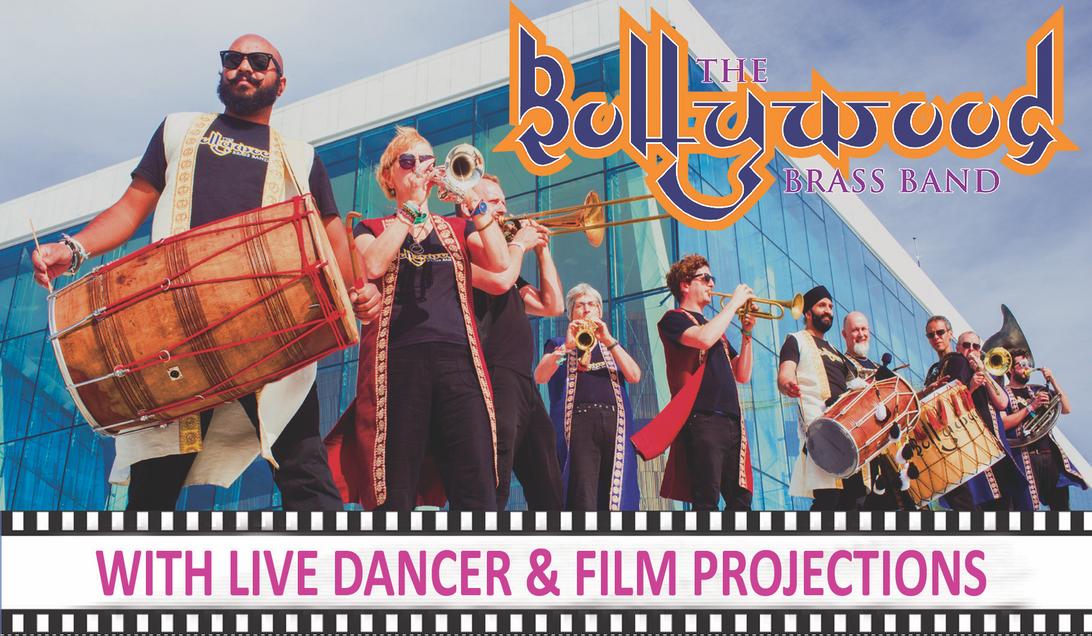
Thirty years on, BBB have ditched the coats and hats, and are now performing at venues, festivals, Melas - and of course, weddings - across the UK and Europe. They have even played for super-smart weddings in India and the diaspora.
Along the way they have released six CDs, including collaborations with Pakistani singer Rafaqat Ali Kahn - the result of a commission from Oslo Opera House - and the virtuosic Carnatic violinist Jyotsna Srikanth. ‘Carnatic Connection’ was nominated for a Songlines Magazine Award and the album was given five stars in the London Evening Standard, which called it a 'Rare and thrilling mix'.
BBB are celebrating 30 years in the business with a tour this autumn and they plan to play a selection of their favourite songs from across the years along with dancer Jaina Modasia and video projections - it will be quite a party!
2022 Tour Dates
Sat 15 October - Cornwall
Wed 19 October - Canterbury
Thu 20 October - Lewes
Sat 22 October - London
Wed 26 October - Bedford
Thu 27 October - Wigan
Fri 28 October - Halifax
Sat 29 October - Morecambe
Sun 30 October - Bury
Discography
Carnatic Suite 2018
Carnatic Connection 2016
Chaiyya Chayya 2011
Movie Masala 2005
Rhamania 2022
The Bollywood Brass Band 1999
Click here to find out more about The Bollywood Brass Band.

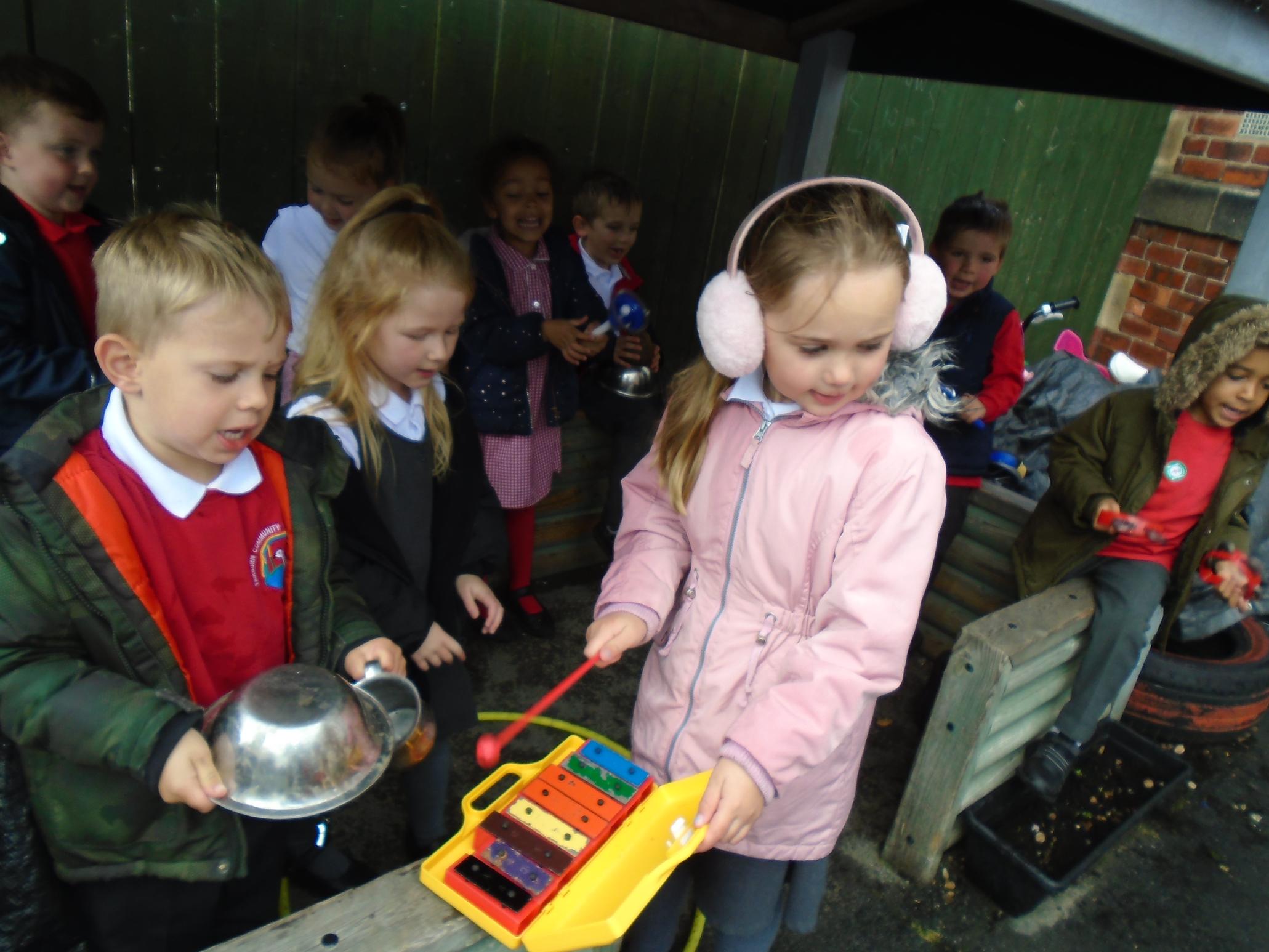
Primary Music Magazine is brought to you by Grove House, Coombs Wood Court, Steelpark Road, Halesowen, B62 8BF Company registered in England 06624386 Got a great idea for our next issue? Want to advertise with us? Want to join our mailing list? Email: admin@musiceducationsolutions.co.uk

































 DR LIZ STAFFORD
DR LIZ STAFFORD























